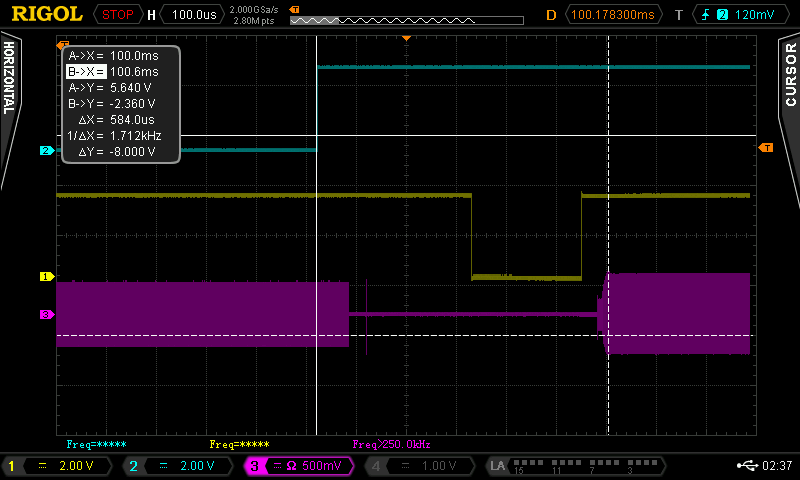

Silicon isn’t good at absorbing infrared light, so the designers of silicon-photonics systems typically compensate by making photodetectors and other components relatively large. The second component was the photodetector. Purchased the fab where it developed the CROMEs from its Silicon Valley neighbor Nanosys.Ĭomputer makers will want solutions that will not just help in the next two to three years but will give reliable improvements for decades. Now “it’s done by the millions every day,” says Pezeshki. Seeking bright emissive displays for AR/VR and other things, tech giants such as Apple, Google, and Meta have spent years coming up with ways to transfer already-constructed micrometer-scale LEDs to precise spots on silicon and other surfaces. Gallium nitride isn’t something that’s typically integrated on silicon chips for computing, but thanks to advances in the microLED-display industry, doing so is essentially a solved problem. The devices are microLEDs that have been optimized for switching speed by minimizing capacitance and sacrificing some efficiency at converting electrons to light.

But in 2021, Avicena researchers revealed a version of the microLED they dubbed cavity-reinforced optical micro-emitters, or CROMEs. “That is stunning” considering that the state of the art for visible-light communication systems just five years ago was in the hundreds of megahertz. “The first one, which I think was the most surprising to anyone in the industry, is that LEDs could be run at 10 gigabits per second,” he says. These cables-similar to the imaging cables in some endoscopes-contain a bundle of fiber cores that line up with the on-chip arrays, giving each microLED its own light path.īesides the existence of this type of cable, Avicena needed two other things to come together, explainsīardia Pezeshki, the company’s CEO. Twin 0.5-millimeter-diameter optical cables link the microLED array on one chiplet to the photodetectors on another and vice versa. Vladimir Kozlov, founder and CEO of LightCounting, a telecommunications analysis firm.Īvicena’s silicon chiplet, LightBundle, consists of an array of gallium-nitride microLEDs, an equal-size array of photodetectors, and some I/O circuitry to support communication with the processor it feeds with data.

“Those companies are two ends of the spectrum in terms of the risk and innovation,” says
#Switching speed of a procssor full#
Grow 80 percent per year and reach US $123 billion by 2030, fueled by a future full of virtual-reality gear and even augmented-reality contact lenses. But Avicena, the dark horse in this race, benefits from ongoing advances in the microdisplay industry, which is predicted to And instead of multiplexing all the optical data so it can travel down a single fiber, Avicena’s hardware sends data in parallel through the separate pathways in a specialized optical cable.Īyar has the weight of history on its side, offering customers a technology similar to what they already use to send data over longer distances. That equipment encodes data onto multiple wavelengths of light from an infrared laser and sends the light through a fiber.Īvicena’s chiplet couldn’t be more different: Instead of infrared laser light, it uses ordinary light from a tiny display made of blue microLEDs. This article is part of our special reportĪyar Labs, has succeeded at drastically miniaturizing and reducing the power consumption of the kinds of silicon-photonics components used today to sling bits around data centers through optical-fiber cables.


 0 kommentar(er)
0 kommentar(er)
